Turkish Municipalities are growing in BABLE Smart…
In Europe, local governments and regional networks are working together to reduce carbon emissions and increase the efficiency of urban systems through smart city solutions. Many provincial and district municipalities in Turkey also benefit from smart city solutions while contributing to sustainable urban development. While the municipalities collaborate at the national level, they also follow innovative solutions implemented in other European cities at the international level. As BABLE Smart Cities, we follow smart city developments in Turkey and ensure mutual information flow. By including four district municipalities and four provincial municipalities on our platform, they can share their smart city projects with other cities in Europe and contribute to the exchange of information and experience. İstanbul , one of the biggest metropolitan cities in Europe, demonstrates how urban pressure can also be tackled through international cooperation. Istanbul shares its best practices of urban mobility implementations through EIT and showcases how the city approaches air quality in the city through project Carolina. Furthermore, the district municipality of Istanbul called Kadıköy shows ways to promote active mobility. Bursa Municipality , which established one of the first smart city departments in Turkey, demonstrates its commitment with its presence in BABLE Smart Cities. Konya Municipality shares its smart public transportation solutions and urban information system with other cities on the platform, showing how cities facing the same challenges can overcome them. Gaziantep Municipality shows how other cities can address the data management challenge by demonstrating the advantage of their data coordination centre. Last but not least, the district municipalities of Elmadağ , Ortahisar , and Edremit are examples of how small scale municipalities can prepare their smart city strategies and sustainable environmental management principles.
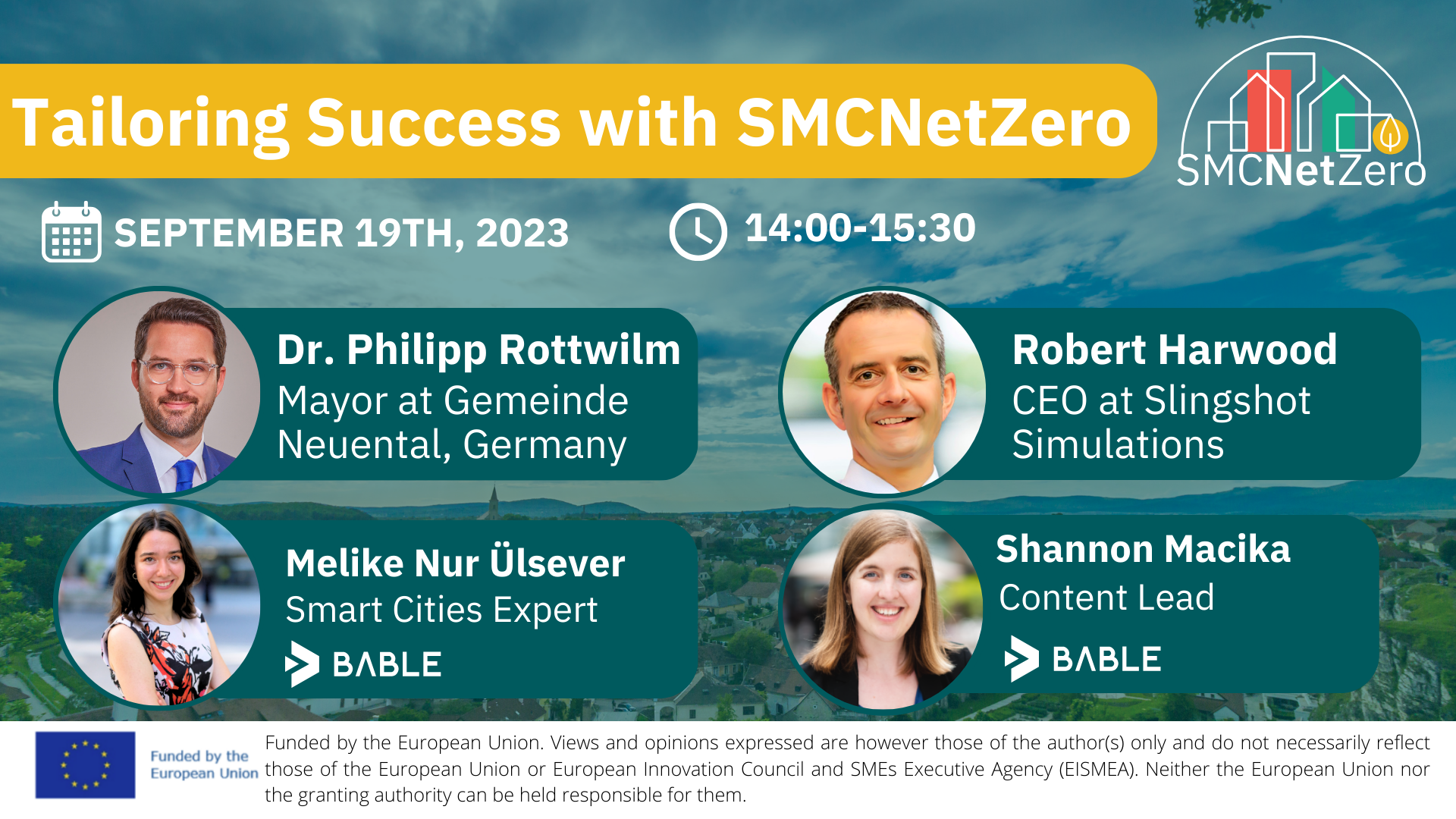
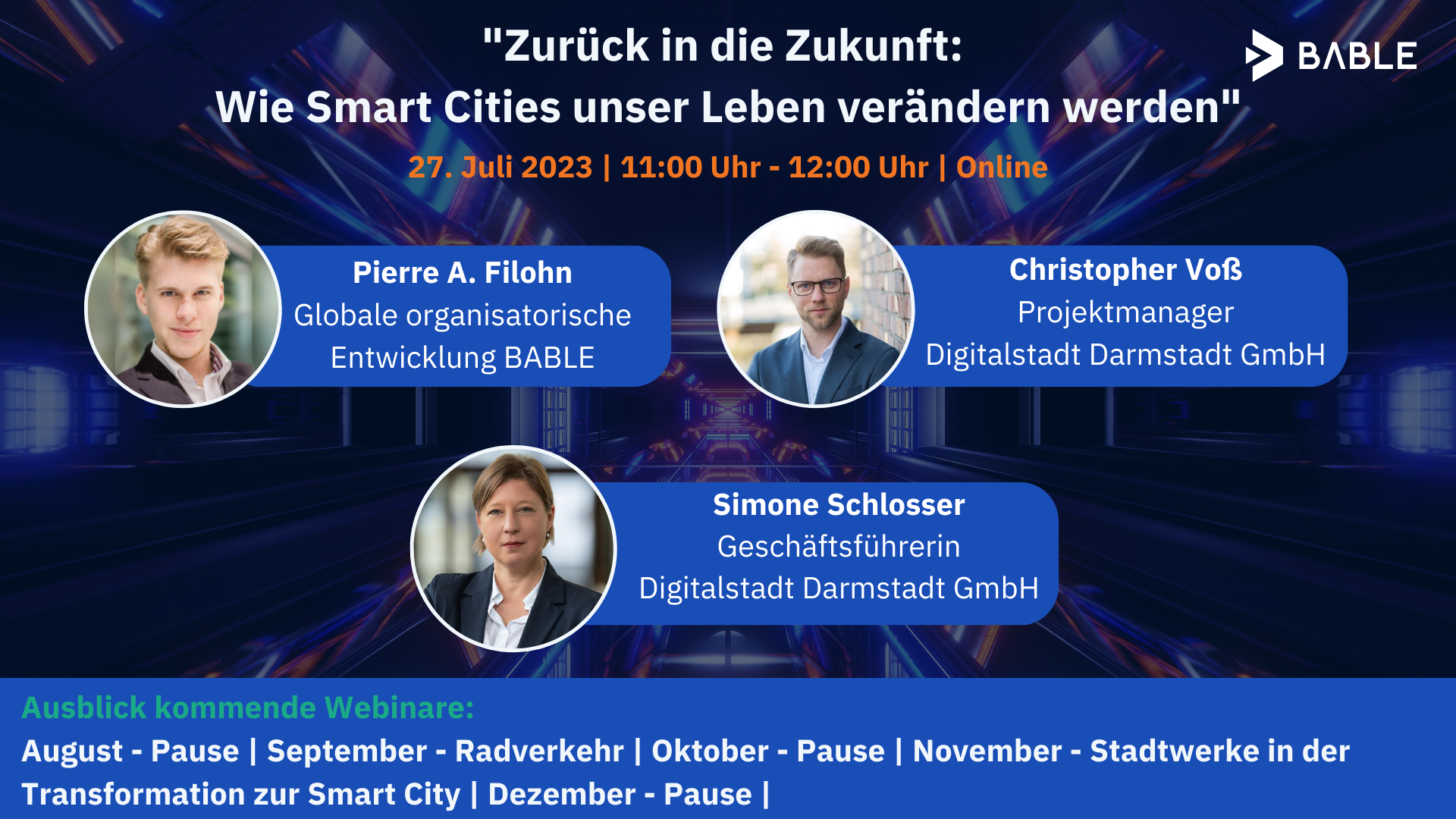
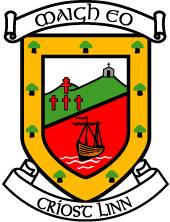
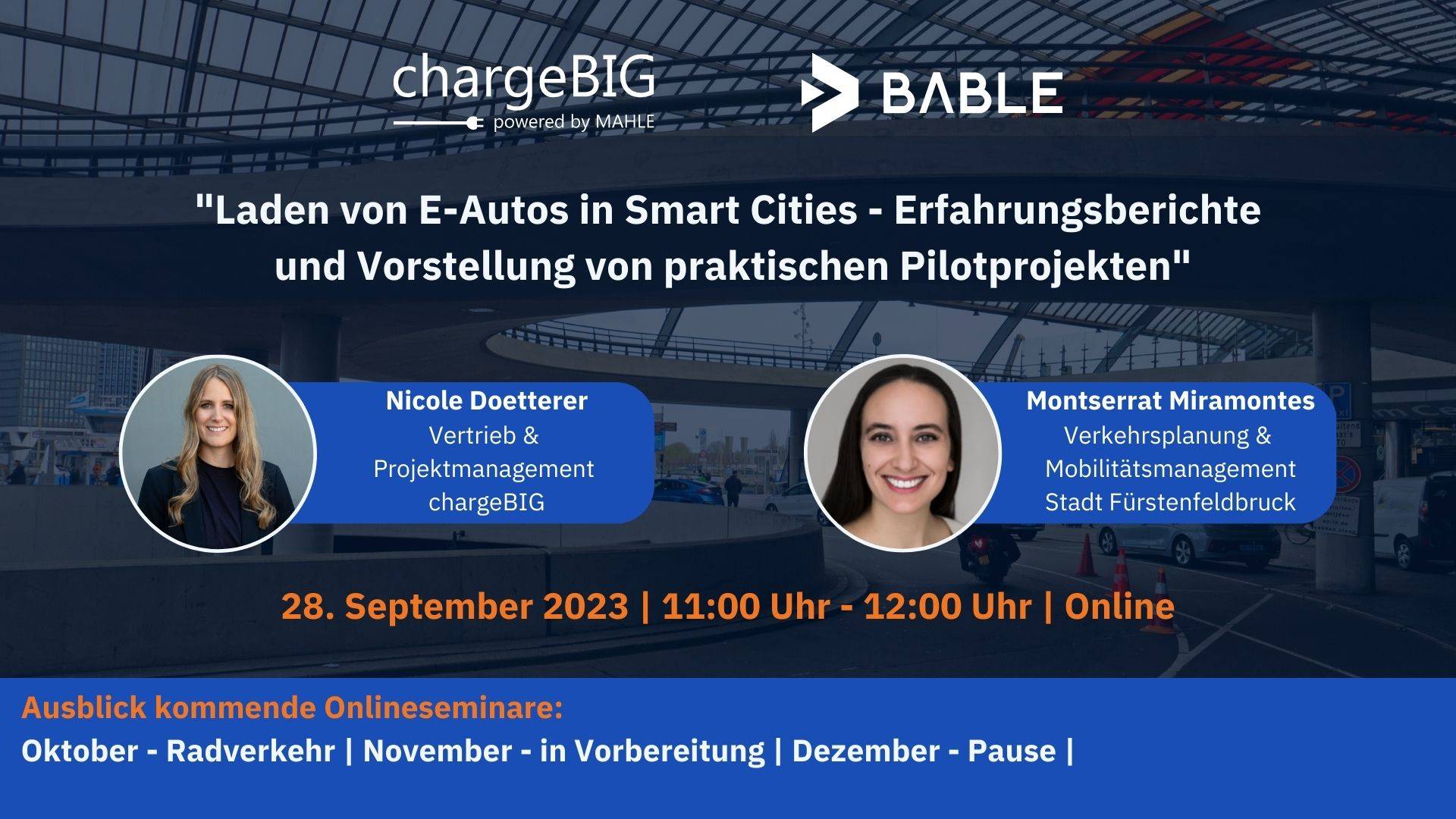
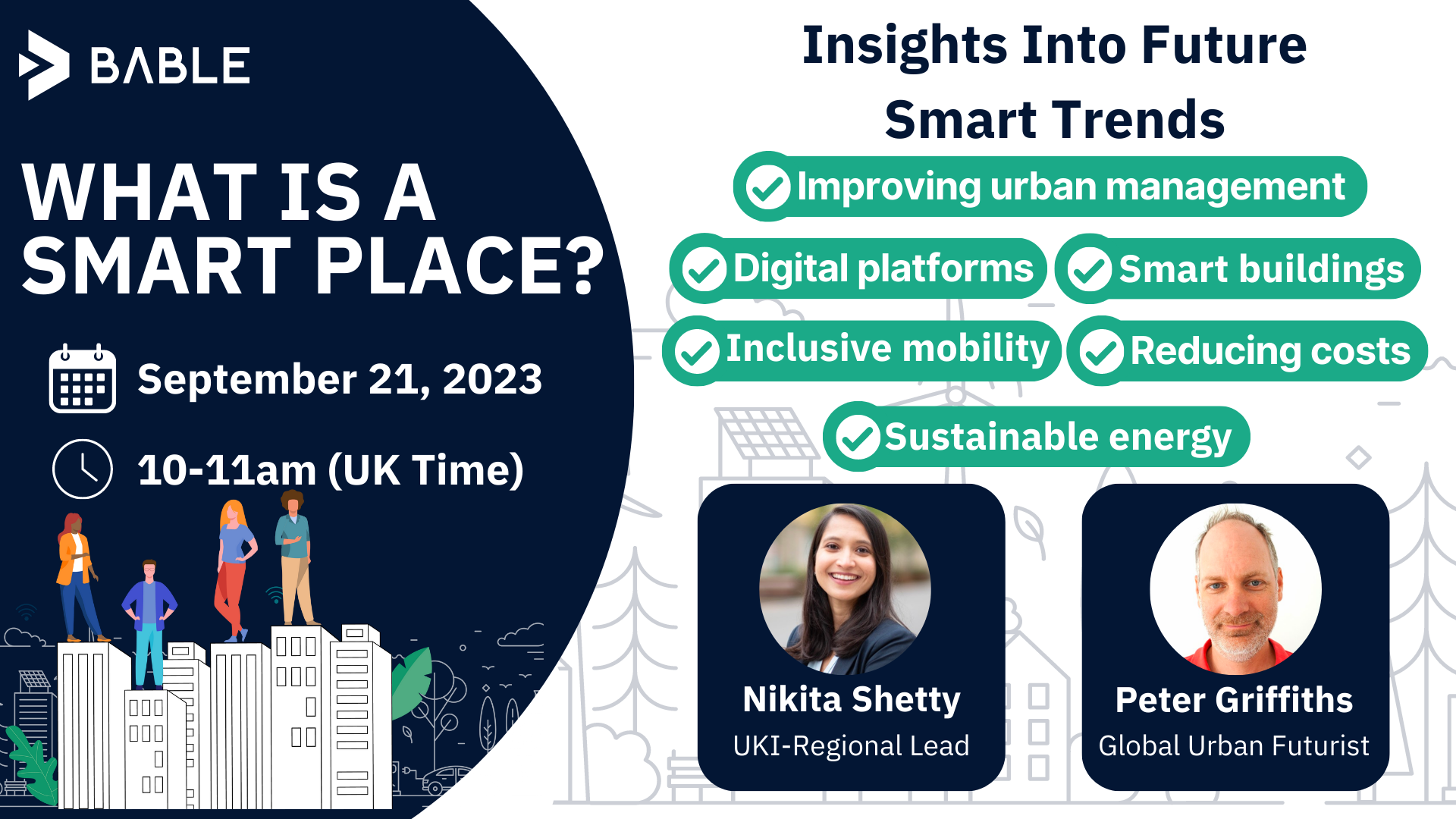


![[Translate to English:] [Translate to English:]](/fileadmin/user_upload/customElements/user_upload/ext/nd_themes/img/image/morgenstadt_logoA2.png)